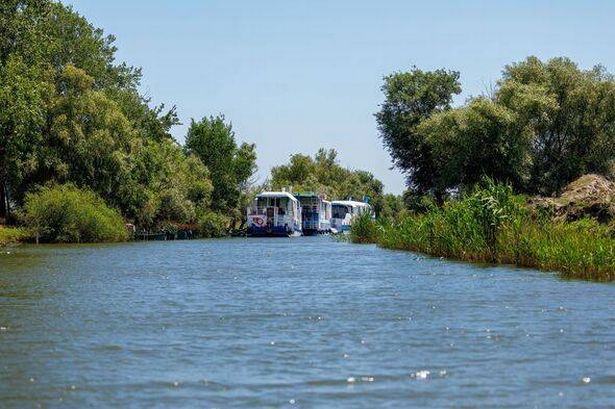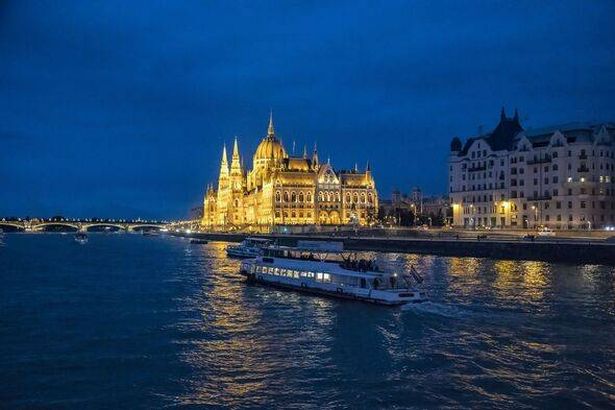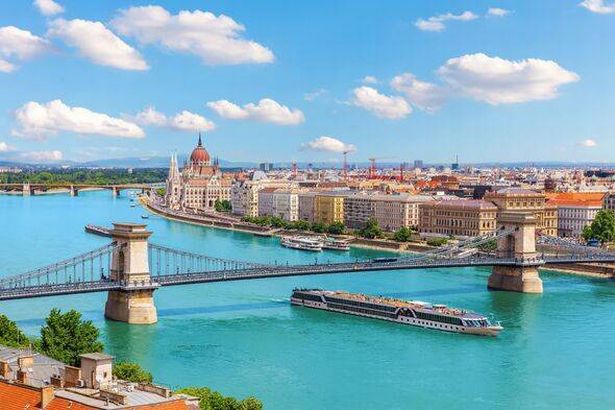The Danube is the second-longest river in Europe and has been a central part of the continent’s history for centuries, as well as being a popular spot for cruisers
A huge river that is one of the longest in the world and carves its way through 10 European countries. From the Black Forest to the Black Sea the river spans across continents as it spans more than 2,800km (1,740 miles).
The mighty Danube flows through Germany, Austria, Slovakia, Hungary, Croatia, Serbia, and Bulgaria. Its impressive length makes it Europe’s second-largest river, surpassed only by Russia’s Volga.
The Danube-Breg river system ranks as the 31st longest in the world, with the Nile, which crosses 11 countries, claiming the top spot ahead of South America’s Amazon River.
The Danube originates in the Black Forest in southern Germany, then flows southeast, ending in the Black Sea, on the border of Europe and Asia. It serves as a backdrop to four capital cities – Vienna, Bratislava, Budapest, and Belgrade – and its vast drainage basin extends into nine additional nations.
The river doesn’t merely flow through these capitals; it has played a crucial role in their development, offering a natural defence system and a reliable water supply that has fostered their growth over the years. As reported by the Times of India, the Danube has been a vital trade artery for Europe, reports the Express.
It connects to the Main-Danube Canal, linking goods to both the Rhine and the North Sea. This connection allows goods to traverse from the North Sea to the Black Sea via this expansive waterway.
The waterway also provides energy for households in Romania and Serbia through the Iron Gate Dam. It has additionally become a cultural icon thanks to Johann Strauss’s “The Blue Danube” waltz, which went on to inspire countless composers, poets and artists.
Throughout history the waterway served as a major frontier for the Roman Empire. Fortresses, strongholds and kingdoms sprang up along its shores over the centuries.
It has now developed into an economic powerhouse overseen by the Danube Commission. The body was established to provide nations with access and secure passage along the river’s channels.
Beyond being a commercial centre, the Danube has now gained popularity with cruise passengers. In a YouTube video, Mark Soberman from the Digitalroamads said: “Most often you’re talking seven to eight days overall.
“The Danube is the grand capitals route, you’ve got these incredible cities, Vienna, Budapest, Bratislava, and you’ve got these hidden gems as well.”
Mark says numerous travellers frequently encounter a tough choice between cruising the Rhine or the Danube. He explained: “The Rhine [has] castles, vineyards, little storybook towns, it’s a different experience.
“If you want the castles, vineyards, and want to pull straight up into town, that’s probably going to be the Rhine. But for other people, it’s like, ‘No, I want classic European cities like Budapest’, which is incredible to sail into, and Vienna, which has incredible architecture and things to see.”


